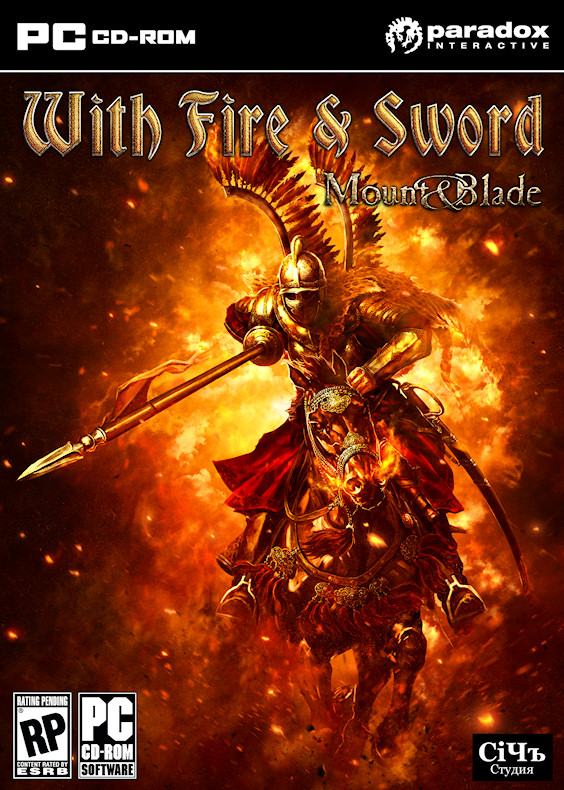Mount & Blade: With Fire & Sword Review
-
Category: ReviewsHits: 18131

Article Index
Page 1 of 3
Anyone who has played Mount & Blade will probably agree the game is more a medieval combat simulator than anything else. While the RPG elements and free-roaming gameplay make the game complete, it's the combat that keeps people coming back. It's exactly for that reason that it's such an open game for great mods and add-ons, as one can take the core combat gameplay and get creative with the gameplay surrounding it. Ukrainian game developer SiCh Studio (named for the historic Cossack capital) recognized this opportunity, and decided to make a standalone expansion based on the Polish historical novel With Fire & Sword. This book is obligatory reading for our eastern brethren, but while I studied Eastern European history in the university the book is not considered essential reading here. Still, the impact of this decision is immediately obvious. It moves Mount & Blade out of the fictional setting of Calradia into real-world history, and jumps it forward in humanity's development out of swords and arrows into a time ruled by guns, and puts in a couple of main storylines related to the book's events.
The Real World
Moving Mount & Blade into an entirely new setting opens up a world of possibilities, but With Fire & Sword only explores a limited amount of said opportunities. A lot of material still feels familiar. The world map is still divided into towns, castles and villages, and offers the same kind of continuous continent, which you can traverse with your party, only by land, never by sea, which is a bit odd when it's 1655 in the game.
With Fire & Sword looks similar to its predecessors in graphical capabilities, but a big part of SiCh's job in making this standalone expansion was to create graphical assets representing the era. A lot of this is immediately noticeable, from the different dress-style (including the very noticeable Polish hussars) to notable buildings recreated in the different cities, such as the lovely St Basil's in Moscow.
The developers a good job of creating a convincing atmosphere here, but I'm left wondering how many people it actually matters for. The tsar's orthodox dress or the little icon corners in the room of a Muscovite lord are neat if you recognize them, and they work to tie the game into a living, breathing whole, but a lot of of the effort in getting right fairly minor details that will be lost on many of the game's players.
The dialog goes rather deep into the historical circumstances of the time. That's not a topic I can object against, but the presentation is sure to test the player's patience. NPCs serve as information dumps of rather meticulously written historical facts that they give you in paragraphs of drab text. Like the graphical assets, it's very precise, but unlike the graphics, it's not engaging at all.


